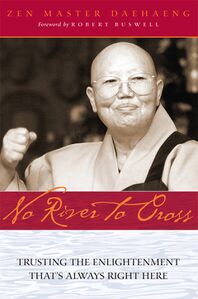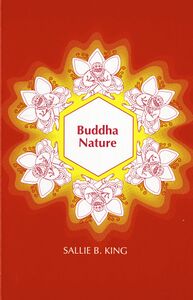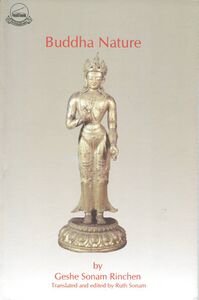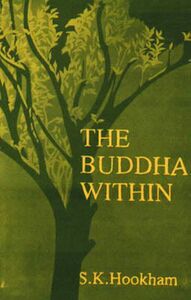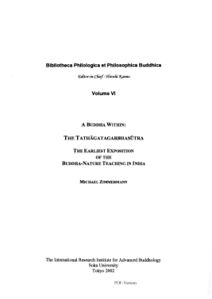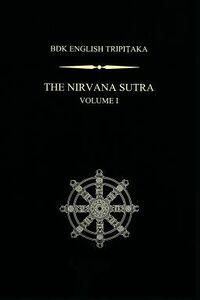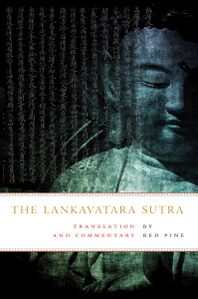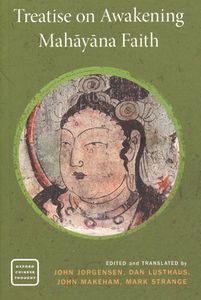Begin Discovering Your Buddha-Nature
Buddha-Nature in East Asia
Multimedia
Alex Gardner served as the writer-in-residence for Tsadra Foundation's Buddha-Nature Project from 2017-2019. Read his articles on the Ratnagotravibhāga and the history of buddha-nature theory.
Alex Gardner served as the writer-in-residence for Tsadra Foundation's Buddha-Nature Project from 2017-2019. Read his articles on the Ratnagotravibhāga and the history of buddha-nature theory.
Ringu Tulku
Tokpa Tulku
I.28
རྫོགས་སངས་སྐུ་ནི་འཕྲོ་ཕྱིར་དང་། །
དེ་བཞིན་ཉིད་དབྱེར་མེད་ཕྱིར་དང་། །
རིགས་ཡོད་ཕྱིར་ན་ལུས་ཅན་ཀུན། །
རྟག་ཏུ་སངས་རྒྱས་སྙིང་པོ་ཅན། །
Since suchness is undifferentiable,
And because of the disposition,
All beings always possess the buddha heart.
संबुद्धकायस्फरणात् तथताव्यतिभेदतः
गोत्रतश्च सदा सर्वे बुद्धगर्भाः शरीरिणः
佛法身遍滿 真如無差別
皆實有佛性 是故說常有
Click to view all verses
The Fourteenth Dalai Lama Tenzin Gyatso
Ringu Tulku
Kirti Tsenshab
Khenpo Sodargye
Orgyen P'huntsok
